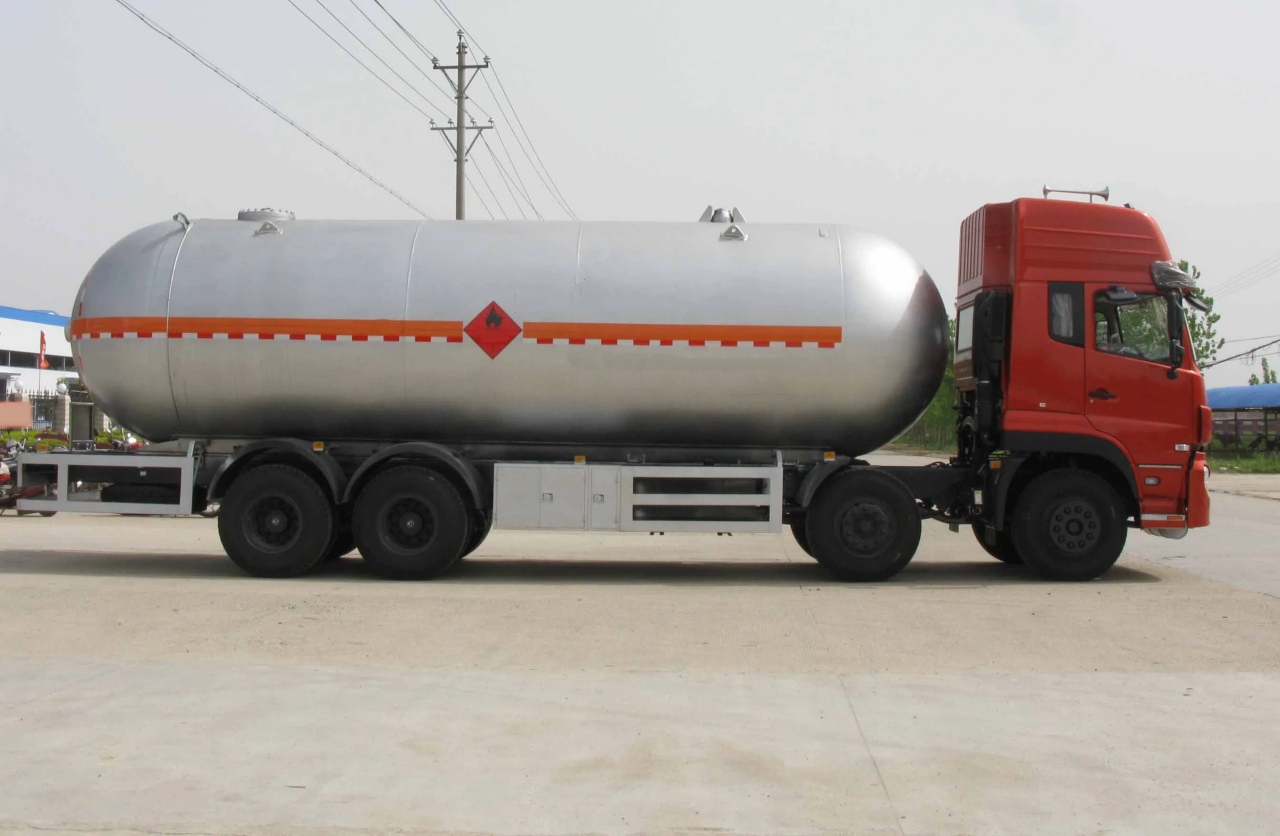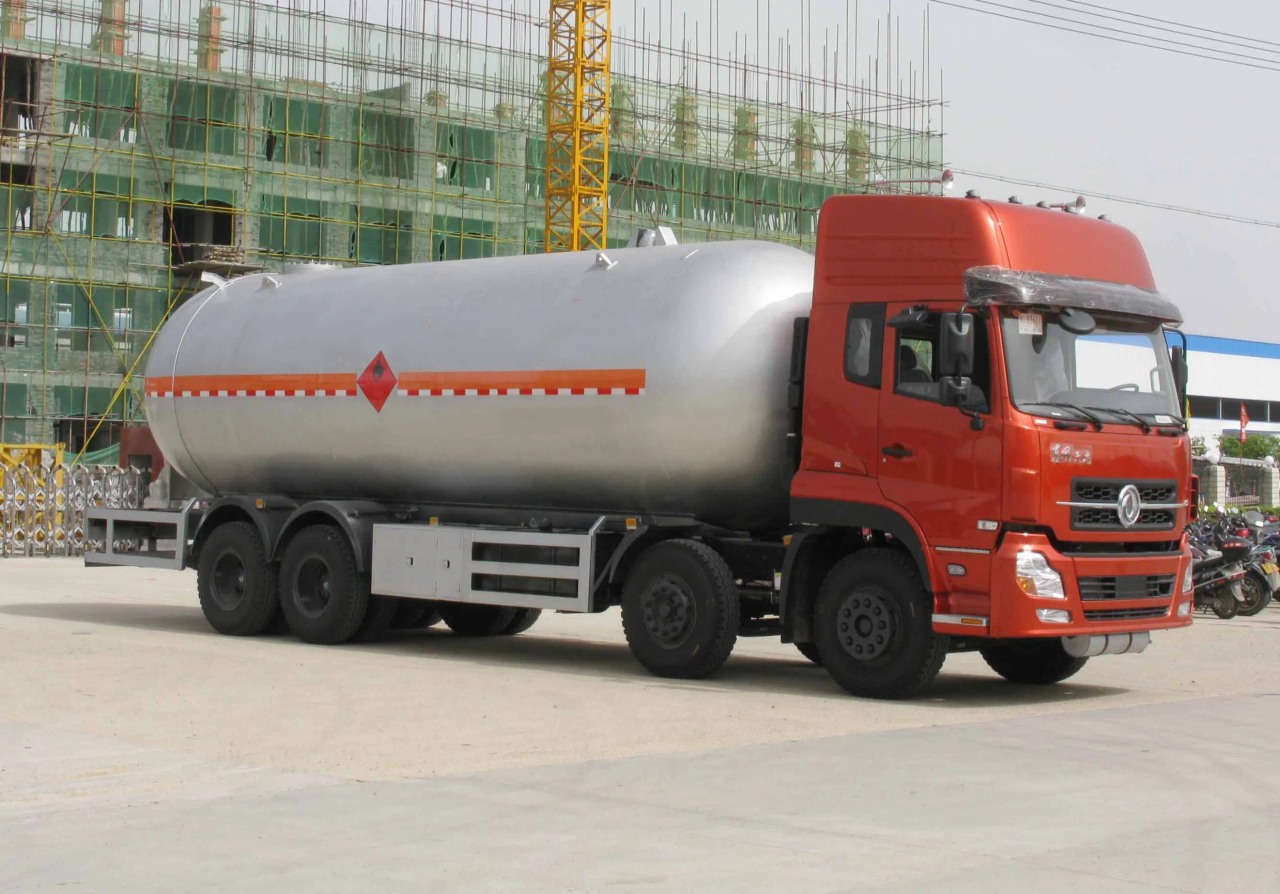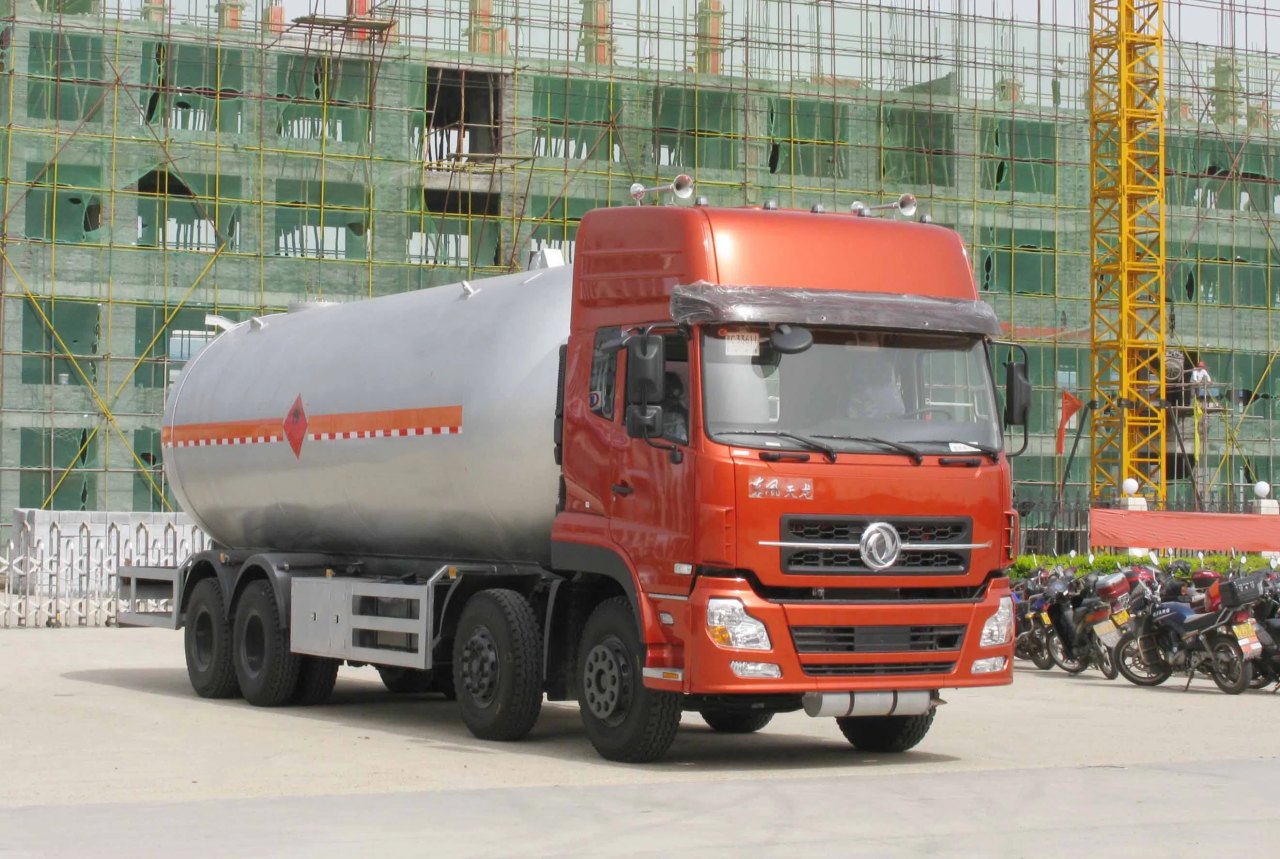Propane trucks—also known as bobtail trucks or LPG (liquefied petroleum gas) delivery trucks—are specialized vehicles designed to transport and deliver propane gas in liquid form. These trucks are essential to the residential, commercial, agricultural, and industrial sectors, where propane is used for heating, cooking, fueling equipment, and other applications. A common question people have about these vehicles is: How many tons is a propane truck? The answer depends on several variables, including the truck’s design, tank size, gross vehicle weight rating (GVWR), and payload capacity. In this article, we will explore the typical weight of propane trucks, the factors that affect their tonnage, and how these vehicles are classified.
1. Understanding Propane Truck Basics
A propane truck consists of a heavy-duty chassis, a custom-fabricated propane tank, pumping and metering systems, safety valves, and hose reels. The trucks are generally designed in 2 main formats:
- Bobtail trucks: These are medium-duty to heavy-duty trucks that carry propane in a tank mounted directly behind the cab. They are used for local deliveries to homes, farms, and small businesses.
- Transport trucks: These are larger tractor-trailer combinations used for hauling propane over long distances between supply terminals and distribution centers.
Because propane is transported as a liquid under pressure, the trucks must comply with strict U.S. Department of Transportation (DOT) and National Fire Protection Association (NFPA) standards.
2. How Much Does a Propane Truck Weigh?
To determine “how many tons” a propane truck is, we must consider the total loaded weight of the vehicle, which includes:
- The curb weight: the weight of the truck when empty.
- The propane payload: the weight of the propane when the tank is full.
Let’s break it down.
a. Curb Weight of Propane Trucks
The curb weight of bobtail propane trucks typically ranges from 10,000 to 20,000 pounds (5 to 10 tons), depending on the truck’s size, tank volume, chassis, and onboard equipment.
b. Propane Payload Capacity
A gallon of propane weighs approximately 4.24 pounds. Depending on the tank’s volume, a bobtail can carry between 1,000 to 5,000 gallons of propane. However, due to safety regulations, tanks are usually filled only to 80% of their rated capacity to allow for expansion.
Here’s a quick example:
- A bobtail truck with a 3,000-gallon tank filled to 80% would carry about 2,400 gallons of propane.
- 2,400 gallons × 4.24 pounds = 10,176 pounds, or about 5.1 tons of propane payload.
So, a fully loaded medium-sized propane bobtail truck may weigh around:
- Curb weight: ~15,000 pounds (7.5 tons)
- Propane payload: ~10,000 pounds (5 tons)
- Total loaded weight: ~25,000 pounds or 12.5 tons
3. Propane Trucks by Tank Capacity and Weight
Here’s a breakdown of typical propane bobtail truck sizes and their tonnage:
| Tank Capacity | Propane Payload (Gallons) | Payload Weight (Tons) | Estimated GVW (Tons) |
|---|---|---|---|
| 1,000 gallons | ~800 gallons | ~1.7 tons | ~7–9 tons |
| 2,000 gallons | ~1,600 gallons | ~3.4 tons | ~10–12 tons |
| 3,000 gallons | ~2,400 gallons | ~5 tons | ~12–14 tons |
| 5,000 gallons | ~4,000 gallons | ~8.5 tons | ~18–22 tons |
These figures can vary depending on the truck’s make, materials, and design features.
4. Legal Weight Limits and GVWR
The Gross Vehicle Weight Rating (GVWR) is an important specification that limits how much weight a propane truck can legally carry. For example:
- Medium-duty trucks (e.g., Ford F-650, Freightliner M2 106): GVWR ranges from 26,000 to 33,000 pounds (13 to 16.5 tons).
- Heavy-duty propane transports: GVWR can exceed 80,000 pounds (40 tons) for tandem or tri-axle combinations.
Operators must comply with federal and state weight limits, which can include bridge laws and axle-weight restrictions. Overloading a propane truck can lead to unsafe operating conditions, increased wear, and fines.
5. Transport Trucks for Bulk Propane
In addition to bobtails, propane transport trucks haul propane in much larger quantities. These are semi-trailer combinations with high-capacity tanks.
- A typical propane transport trailer can carry 9,000 to 11,500 gallons of propane.
- Payload weight can reach 19–24 tons.
- Combined with the tractor and trailer curb weight (~15–18 tons), the total weight can exceed 40 tons.
These transporters serve fuel depots, rail yards, and large industrial users.
6. Factors Affecting Propane Truck Tonnage
Several factors influence the total tonnage of a propane truck:
- Tank size and material: Larger tanks and steel construction increase curb weight.
- Chassis type: Heavier-duty chassis with reinforced frames are necessary for larger loads.
- Onboard equipment: Pumps, meters, piping, and hose reels all add weight.
- Fuel and driver: Diesel fuel, accessories, and the driver contribute to the gross weight.
- Propane fill level: Tanks are never filled to 100%, affecting the maximum payload.
7. Why Tonnage Matters
Understanding the weight of a propane truck is important for:
- Compliance: Operators must adhere to DOT and FMCSA weight regulations.
- Safety: Proper weight distribution ensures safe braking, turning, and stability.
- Fuel efficiency: Heavier trucks consume more fuel, affecting operating costs.
- Licensing: Drivers may need a CDL (Commercial Driver’s License) with hazardous materials (HazMat) and tank endorsements based on the truck’s size and weight.
Conclusion
So, how many tons is a propane truck? The answer depends on the truck type and its configuration. Smaller propane bobtails can weigh as little as 7 tons when empty and as much as 14–16 tons when fully loaded. Larger transport trucks can weigh 40 tons or more. The tonnage includes both the truck itself and the propane it carries, and it varies widely depending on tank size, fill level, and equipment.
Ultimately, the weight of a propane truck is a critical factor in its operation, regulatory compliance, and safety. Whether you’re a fleet manager, propane delivery driver, or just curious about these unique vehicles, knowing their weight capabilities provides valuable insight into how they perform their vital role in energy distribution.






